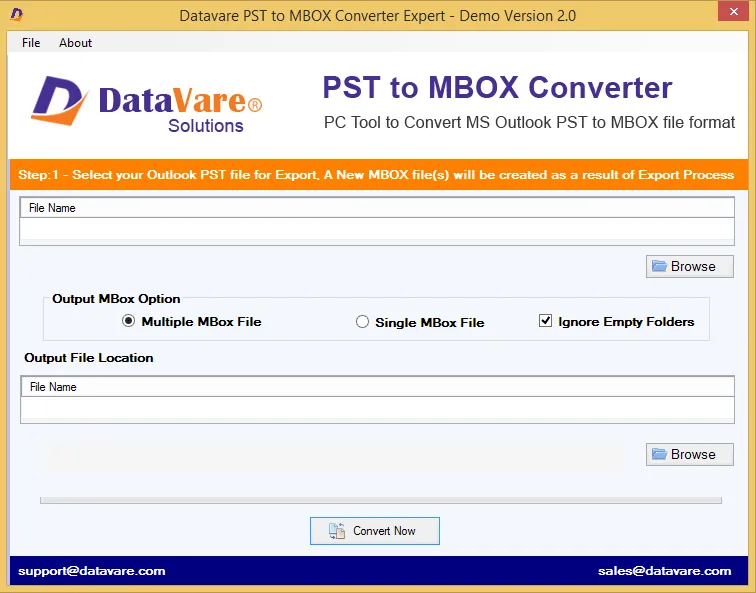Comprehensive Guide – Convert Outlook emails to MBOX by using the Thunderbird

In brief – Discover Easy and Free methods to use Thunderbird to convert PST files to MBOX files. The manual ways to import and convert Outlook PST files to Thunderbird and other widely used email applications, such as Eudora, Apple Mail, Entourage, etc., were highlighted in this blog. Upon completion, you will gain knowledge about brief advice from a professional who can provide an accurate solution with 100% accuracy. This allows you to convert any PST file from an Outlook Version to an MBOX file.
MS Outlook creates the PST file format for storing emails, notes, diaries, and other critical information. It is the most popular file format used by both small home users and large workers in organizations. After converting PST to MBOX, you may easily use the converted mbox file in Thunderbird. Because certain clients do not support the PST file format, you must convert it to mbox format. Then you may convert pst to mbox.
Manually Step By Step guide for converting PST to MBOX
The manual process necessitates the installation of the Thunderbird email client on the same workstation where Outlook is configured as the default email client for communication via email.
Follow these instructions to configure Outlook as the default email client
In Windows 10, right-click the Start button (alternative processes may exist for previous versions of the Windows operating system).
- Select the Control Panel.
- Then in Control Panel. Go to Set Default Programs.
- Select Outlook as the default program and click Set as defaults.
- Following this, Outlook is assigned as the default email client.
- Then After launching the Thunderbird application
- In Thunderbird, click on Tools
- The Tools drop-down menu will open, select the Import choice.
- In Import, click Mail, and click Next.
- Choose Outlook from the email application listed there.
- Then click on Next Final Time.
- Select Outlook PST from the default storage location and hit open.
- Select “Finish.” The Outlook PST data has been converted to MBOX format.
- Address books, settings, filters, and other features can be added after the preceding stage.
Successfully Converting PST to MBOX using Thunderbird
However, there are certain limitations to the manual method’s usefulness. If you want to convert pst to mbox files quickly and perfectly, experts always recommend using an automatic program designed specifically for email file conversion. The software must be able to manage massive amounts of data and permit a smooth transition from one platform to another. It is possible to convert any Outlook data, including emails, calendars, contacts, notes, journals, and so on, using a professional convert pst to mbox tool. To achieve such convenience, use the DataVare Outlook to MBOX Converter program.
Steps to Convert Outlook PST To MBOX for Thunderbird –
- Download and install the DataVare PST 2 MBOX Converter
- Browse PST files/folder, and check preview

- Select MBOX from export option
- The select destination path where you want to store the resultant files
- Finally, click on the Convert Now tab to start the process of Conversion
Necessary features for the successful migration of Outlook data files to Thunderbird –
- The Microsoft Outlook to MBOX Converter program preserves the PST file’s exact internal structure in the source.
- The PST to MBOX Conversion software permits saving the transformed data in the location of your choice.
- The software program enables you to preview the data in an Outlook PST file before converting it to MBOX format.
- The HTML layout of PST files stays unchanged before and after migration to MBOX format.
Conclusion –
We described a straightforward and convenient way of converting Outlook PST To Thunderbird MBOX Windows free utilizing the Thunderbird email client. While the technique for safe and secure transfer from PST to MBOX is free and readily available, a program that is automated can be useful. PST to MBOX Converter Full Version is available for free download. After you download the app, you will learn about the tool’s expertise. You must conduct a self-assessment and determine whether a manual or automated approach is best.